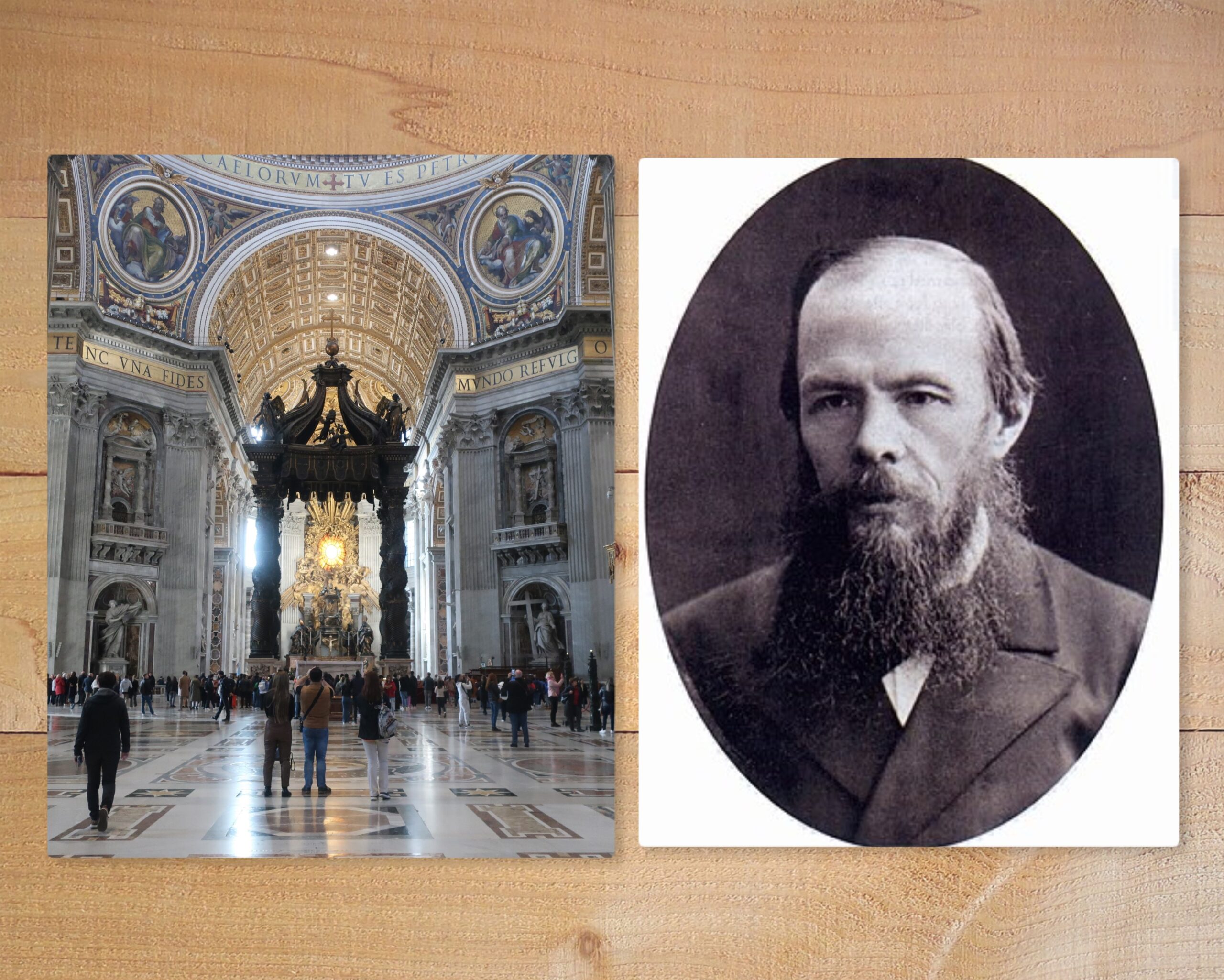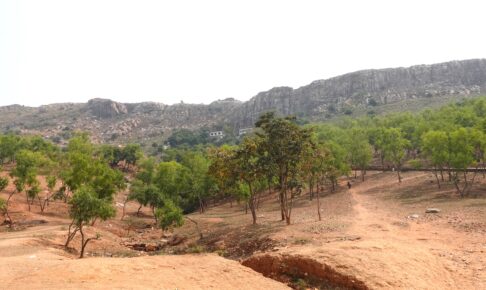Travels in Rome] (42) What would Dostoevsky, who criticized Roman Catholicism, think of Rome, the temple of beauty and theater city?
So far, we have updated our Rome travelogue 41 times.
As I reported in the introduction to this travelogue, I toured Rome with the question, "Although Dostoevsky disliked Roman Catholicism, could he not be captivated by St. Peter's Basilica, its main temple, and Bernini's stage art in Rome?
However, in this travelogue, I have focused so much on Rome itself that the word "D" in Dostoevsky's name is barely mentioned. I am sure that some of you who have been reading this report so far must have forgotten that Dostoevsky existed.
But for me, I never forgot Dostoevsky even for a single moment during my stay in Rome. I was always with Dostoevsky during my stay in Europe.
So what did Dostoevsky actually think of Rome during his stay?
The truth is that we don't know, as Dostoevsky left nothing behind. But even so, I have come to the conclusion that Dostoevsky would have liked but disliked Rome.
Takahiro Ueda, "The Beauty of the Theater City of Rome: A Pilgrimage to Dostoevsky and Bernini" - An introduction to ancient Rome and its temple of beauty!As we discussed in our article on Dostoevsky, Dostoevsky was a Shakespearean writer. In other words, he was a writer who preferred theatrical techniques. I hypothesize that this is why Dostoevsky might have liked Rome, the theater city created by Bernini.
However, after actually touring Rome, I came to the conclusion that there may be some distance from Dostovsky's taste in art.
One way to confirm this would be to first look at the architecture, paintings, and sculptures favored by Dostoevsky.
First, as an architecture, Dostoevsky's favorite was the Milan Cathedral. ((21) Dostoevsky's favorite Milan cathedral and the beginning of the couple's stay in Italy."(See article in)
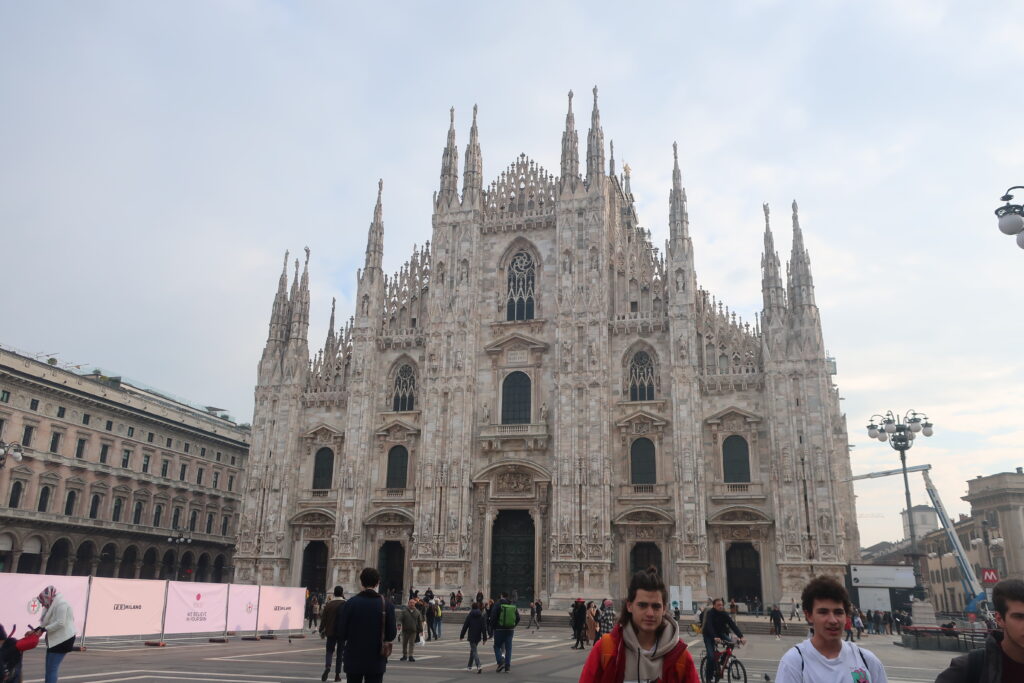
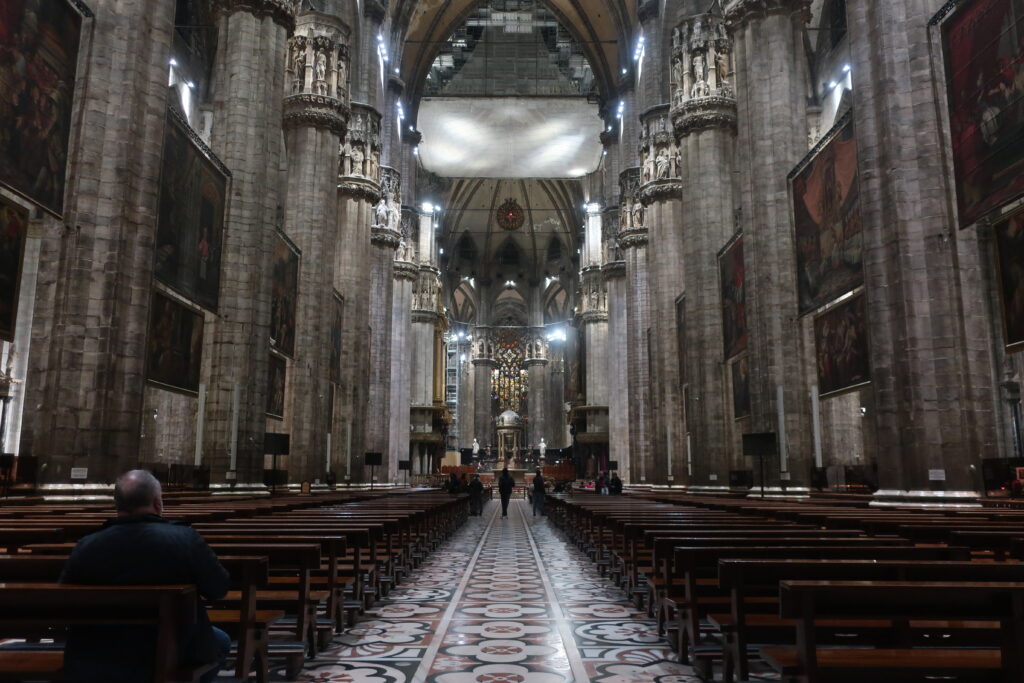
Dostoevsky favored "harmony," whether in architecture or painting. The Milan Cathedral is the ultimate example of harmony.
Let us now look at the paintings as well.
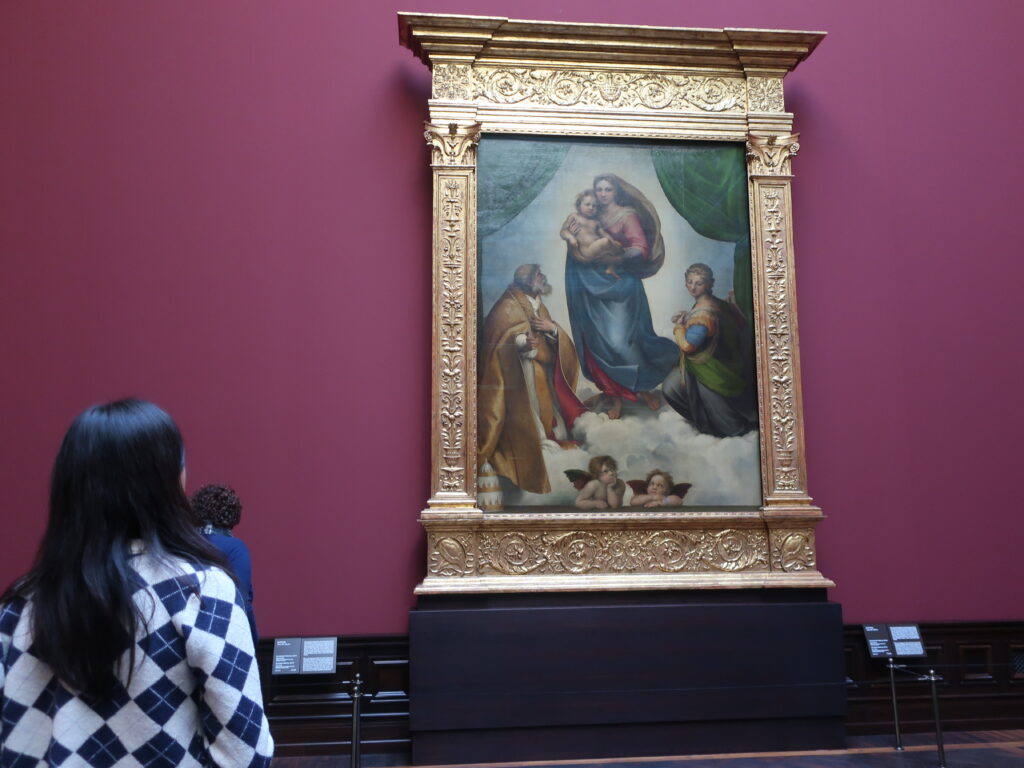
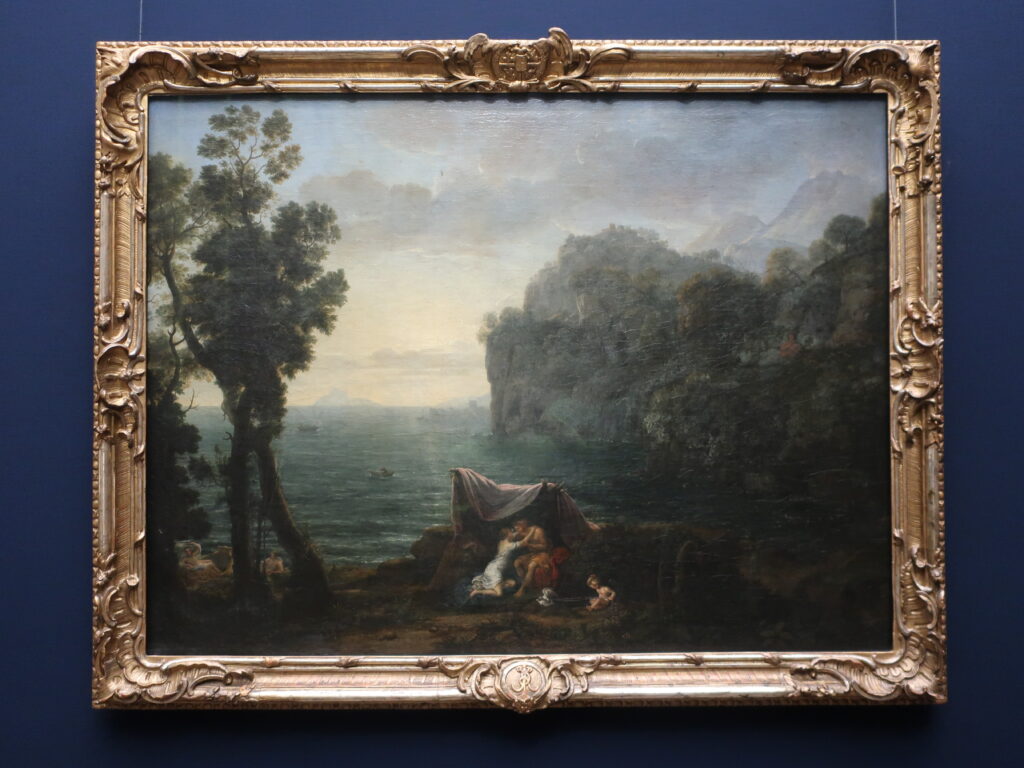
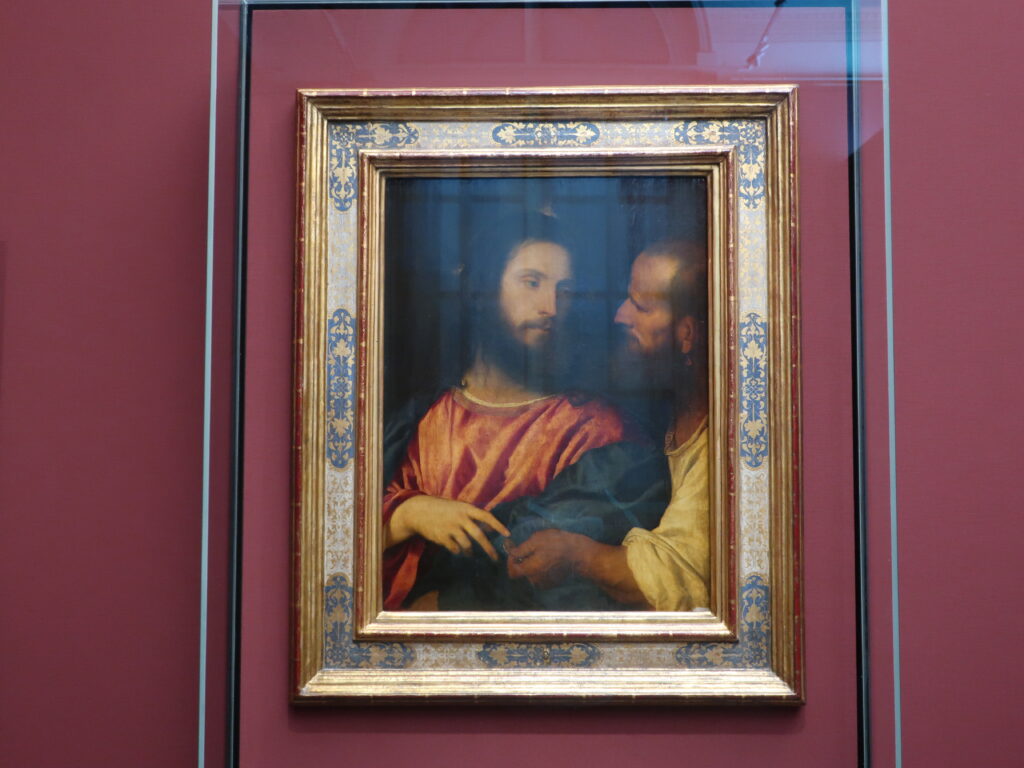
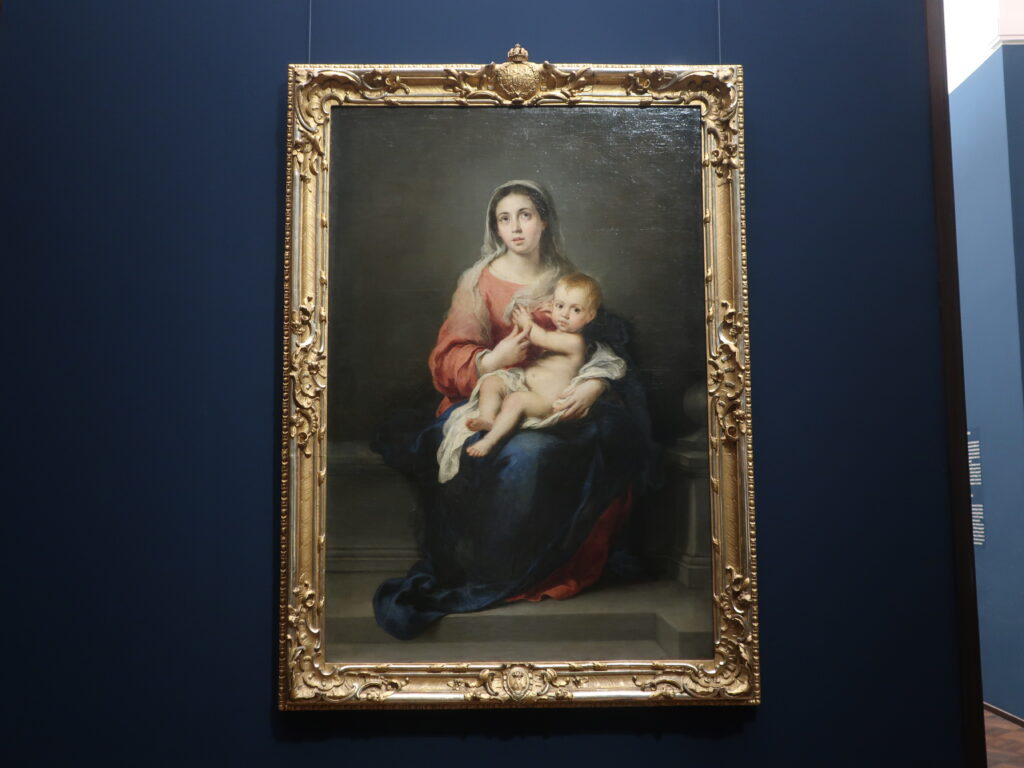
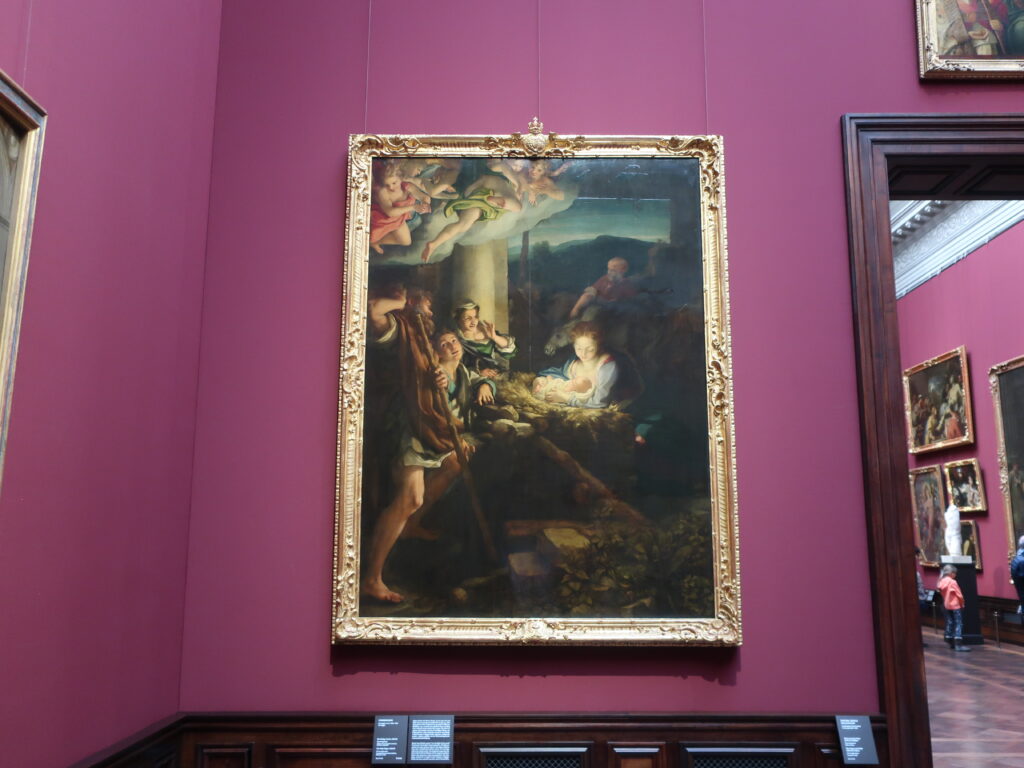
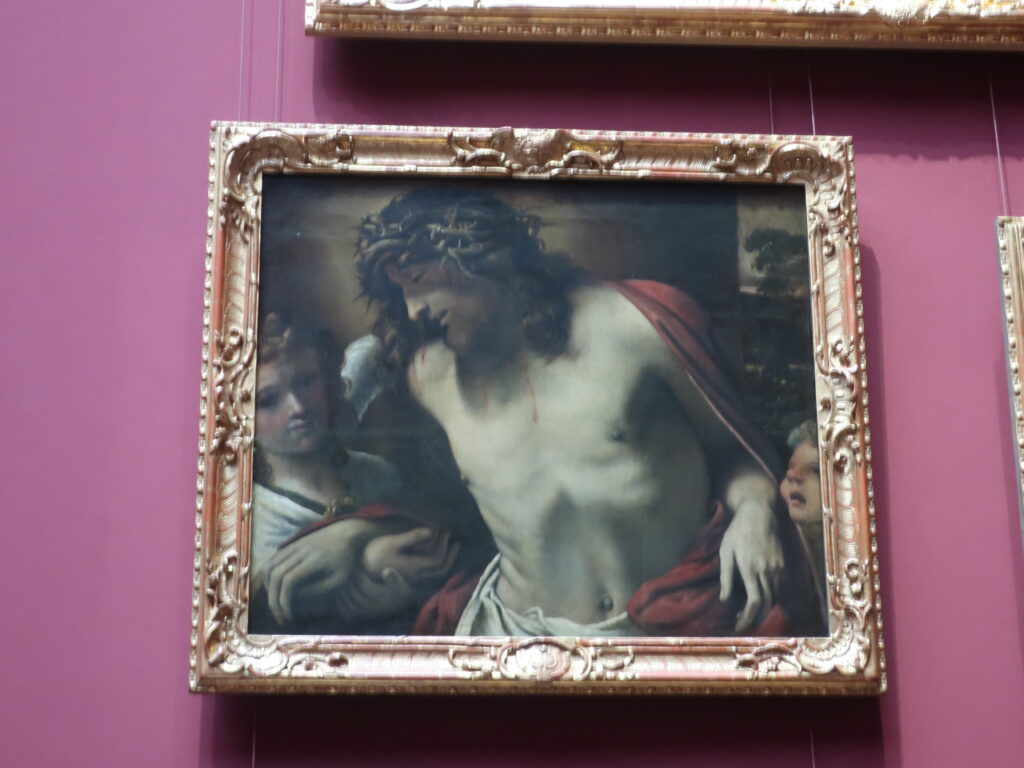
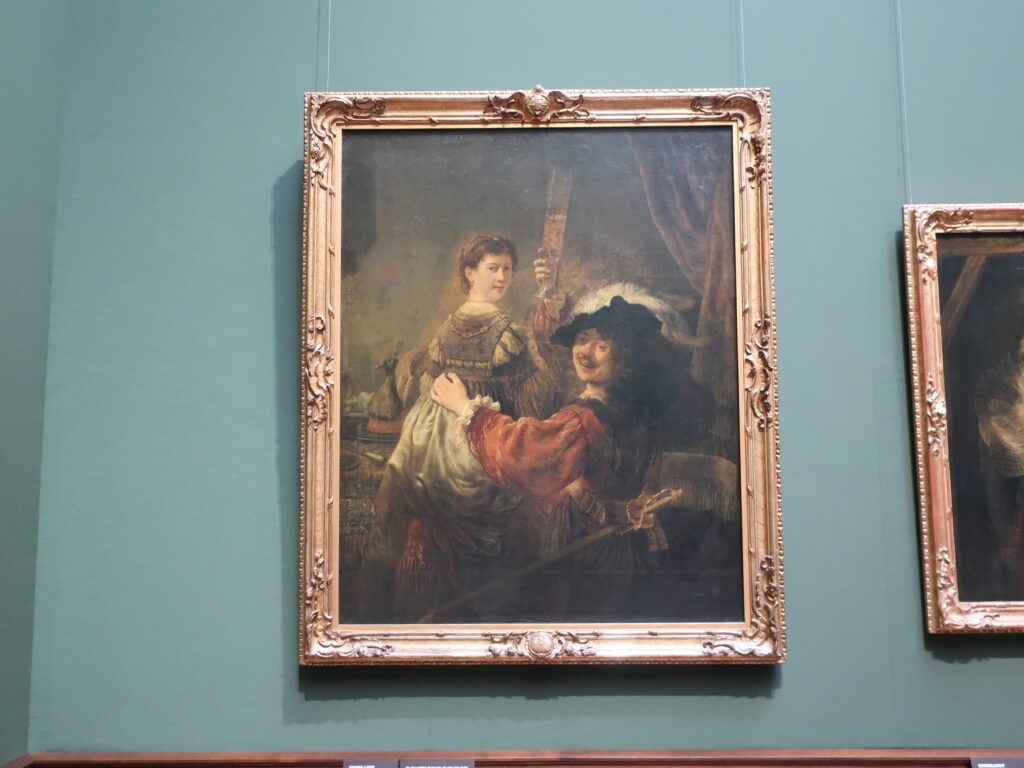
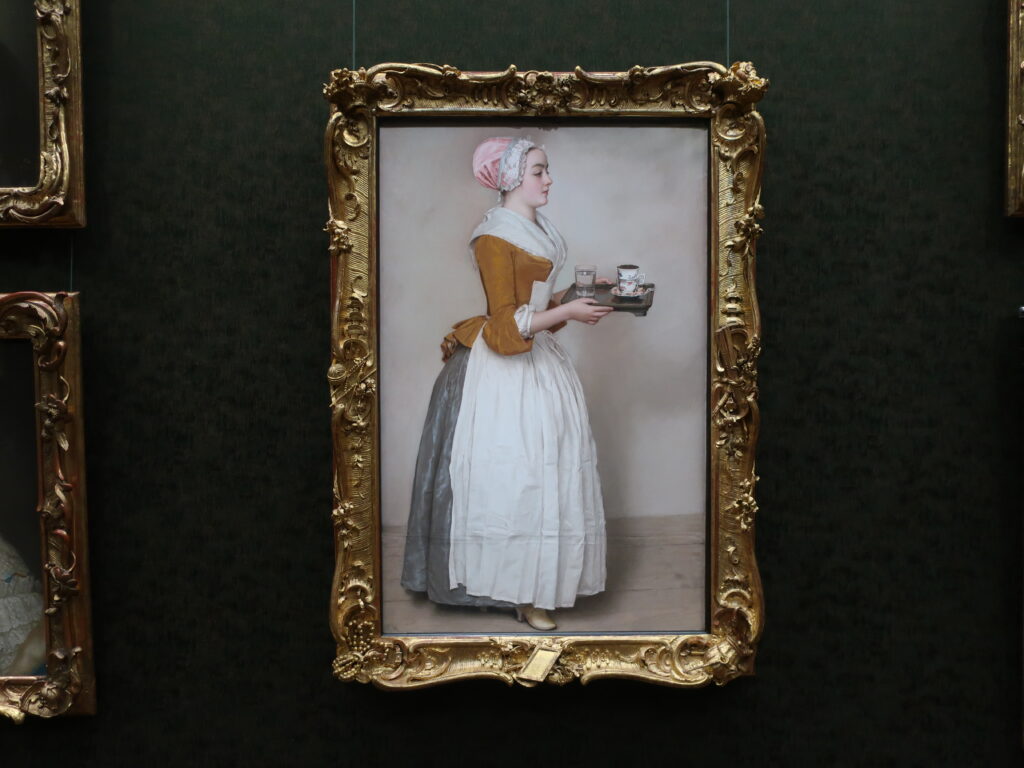
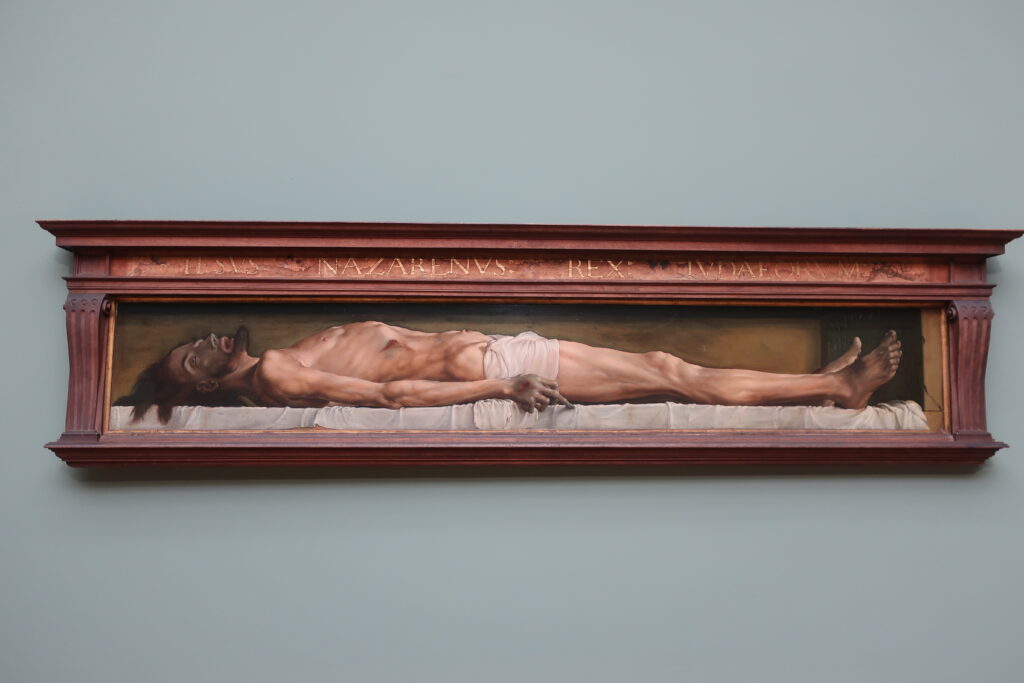
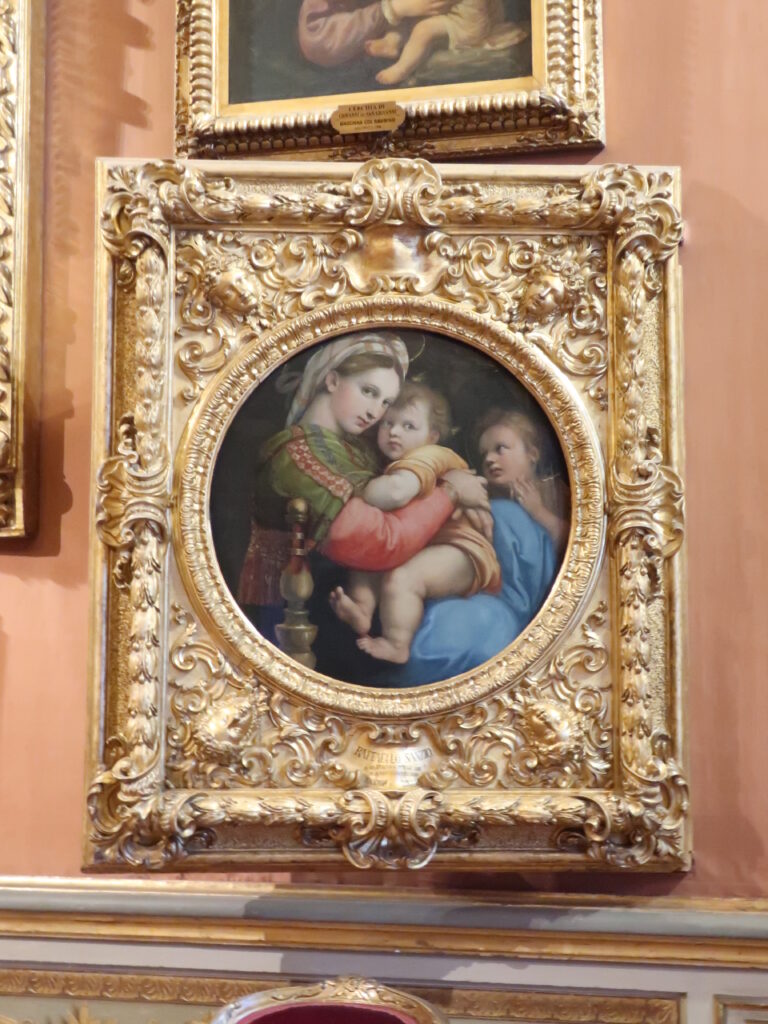

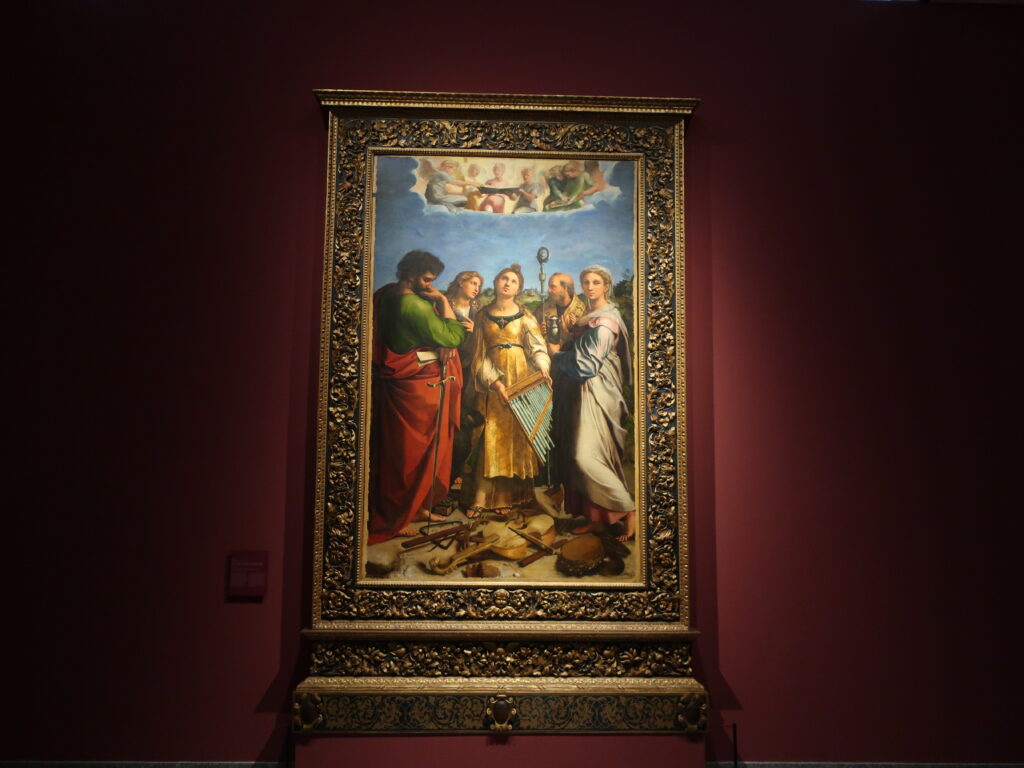
As can be seen from these paintings, Dostoevsky was particularly fond of Raphael. It is curious that there is no Michelangelo or da Vinci among these paintings. In his paintings, Dostoevsky did not seem to favor intense colors and deformed bodies. He seems to have preferred a gentle, harmonious world, as in the Milan Cathedral.
And in sculpture, the Medici Venus in the Wifizi Gallery was mentioned.
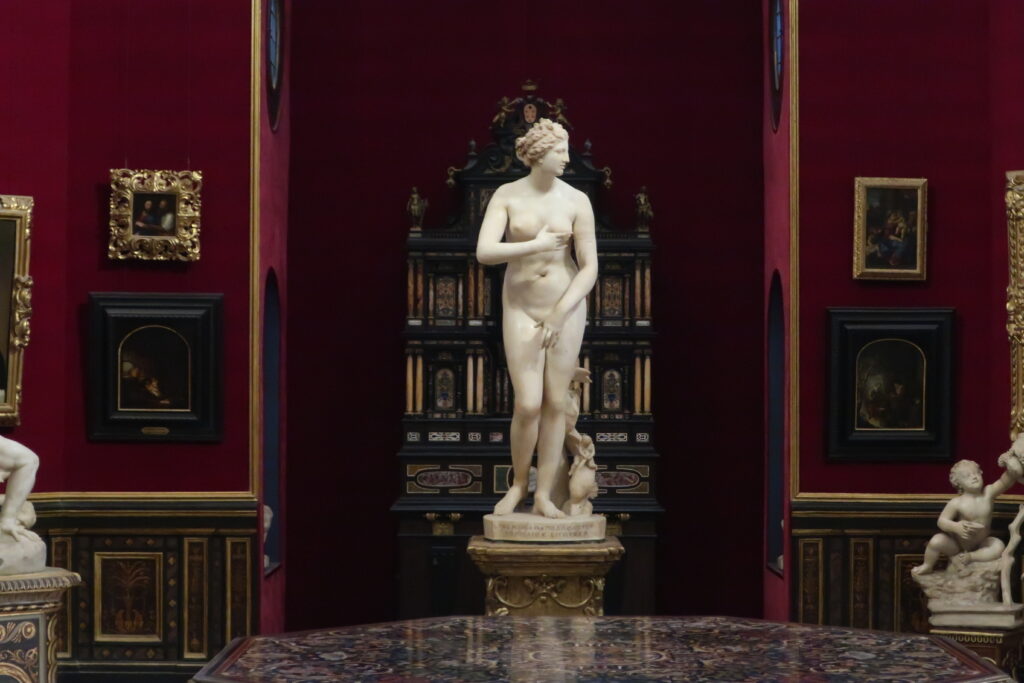
Sculpture is also very significant when comparing Bernini. As we have seen, Bernini had much to learn from ancient art. But Dostoevsky, who liked the statue, was not the only one to compare Bernini'sThe Ecstasy of Saint Teresa."andSt. Longinus"It seems difficult to say whether I would like sculptures such as the following.
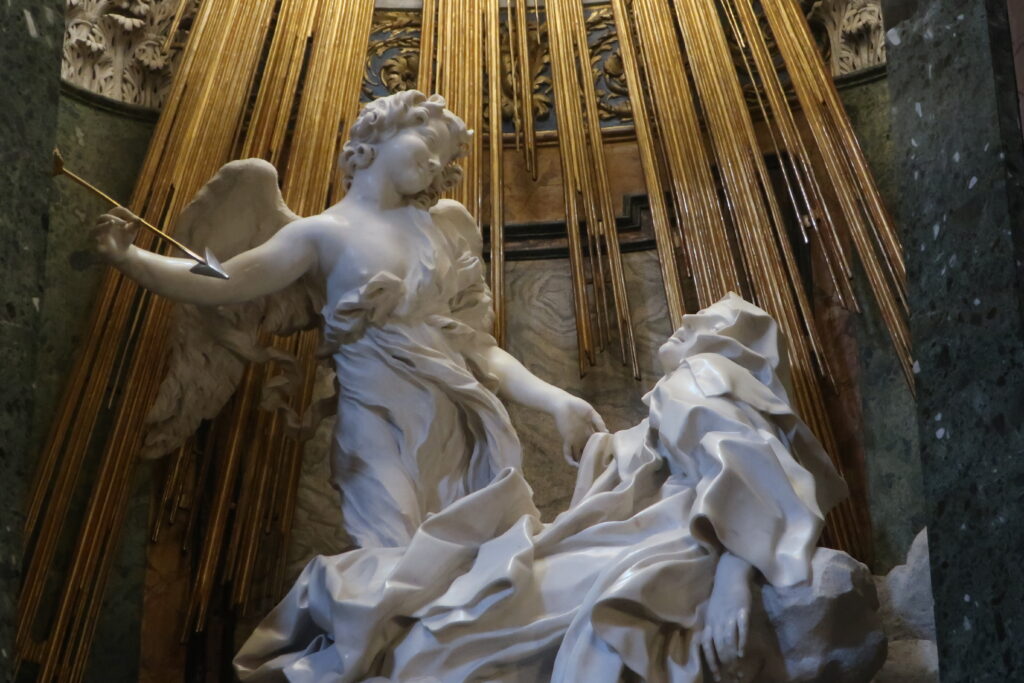
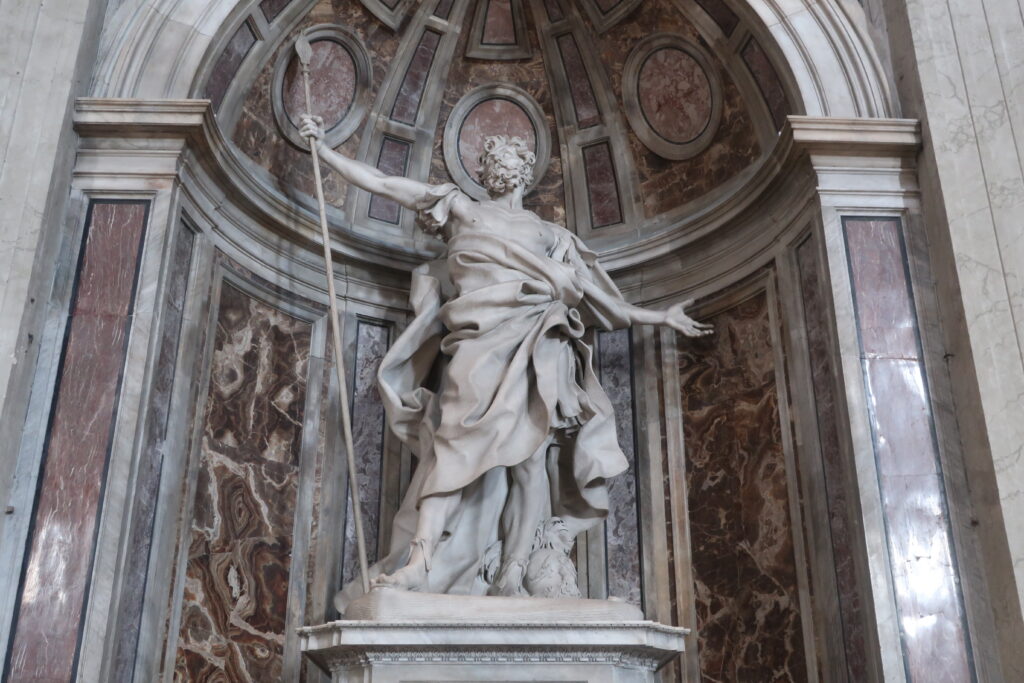
The expression of the robe and the dynamic, dramatic structure characteristic of Bernini's sculpture seem to differ in direction from Dostoevsky, who favors gentle harmony.
No matter how much Dostoevsky liked Shakespearean theatrical techniques, it does not necessarily mean that he would like Bernini himself. This is something I felt again because I actually saw the works that Dostoevsky liked and Bernini's works in Rome.
Bernini was not only a talented sculptor but also a theatrical artist, and he actively incorporated theatrical elements into his sculptures. (See(24) Bernini's Raimondi Chapel - A spectacle of stunning light! Bernini as playwright and director."(See article in)
Bernini incorporated a wealth of theatrical messages into his sculptures. The viewer who sees a Bernini sculpture is forcibly taken into his stage world and fantasy world.
Dostoevsky was also a man of great theatrical sensitivity. Dostoevsky must have marveled at the city of Rome created by Bernini. In particular, he must have been overwhelmed by St. Peter's Basilica. But a man of Dostoevsky's stature would have recognized it immediately. But a man of Dostoevsky's stature would have immediately realized what Bernini and the Vatican were up to...
As mentioned earlier, Dostoevsky was a strong critic of Roman Catholicism. Dostoevsky criticizes the state of Catholicism from the standpoint of Russian Orthodoxy. The difficulty here is that although Dostoevsky was a believer in Russian Orthodoxy, the question is what kind of Russian Orthodoxy he believed in. To begin with, those living in Japan may have only an image of Roman Catholicism and Protestantism when it comes to Christianity. However, the Christian world is not that simple. If you don't understand the circumstances in this area, it is actually difficult to understand.The Brothers Karamazov.would be confusing to read.
Even in Japan, even if one says "I am a Buddhist," different sects have completely different ideas and manners, and many Japanese are also connected to Shintoism and celebrate Christmas in a complicated way. It is very important to know what kind of faith Dostoevsky had. To learn more about it, read the following book by Yasuyuki TakahashiGreek Orthodoxy."is highly recommended as an introductory book.
Now, I digress a bit, but Dostoevsky must have been sensitive to Bernini's and the Vatican's intentions. A magnificent art world, a theatrical world, is a device to lead people to faith. Bernini created an overwhelming illusionary and euphoric world. Dostoevsky must have been fascinated by the world that he fell in love with. However, Dostoevsky would never have been able to end with such physical and sensual intoxication. His reason would always go deeper and deeper into the world. This euphoria is a fiction. I will not be at the mercy of the Catholics...!" It is not surprising that he would think so.
Dostoevsky's dislike of Catholicism is extraordinary.
We who live today, especially those of us who are distant from the Christian faith, can stay away from such religious conflicts. Therefore, we do not feel a strong religious antipathy toward Dostoevsky. Therefore, we can genuinely enjoy the world of Dostoevsky's art.
But for the faith-bearing Dostoevsky, it was a matter of life and death whether or not to recognize this Bernini art.
Hmm? No, no, no, even Raphael and other painters are not Catholic paintings?
That may be true. But Raphael was a Renaissance painter. His works were produced at a time when religious propaganda had not yet reached that level. Bernini's Baroque art had a clear message that we must oppose the Reformation. The strong propagandistic tone is one of the characteristics of Baroque art. (For more on this, see(32) Bernini, who incorporated into his sculptures the meditative techniques of the Jesuit Church of Jez and its founder Ignatius de Loyola's "Spiritual Manipulation."(See article in)
This leads me to the conclusion that Dostoevsky's initial fondness for Bernini's Rome would eventually turn to dislike.
But this is only my imagination, and if you look at each individual work, there are many that Dostoevsky might have liked as well.
For example, Bernini's architectural masterpieceSant'Andrea al Quirinale Cathedralis truly the ultimate in harmony.
I'm sure Dostoevsky would have loved it if he had seen this marvelous architecture, which should be called "Bernini's Pantheon."
The sculpture is also from the early Bernini period.Apollo and Daphne.Dostoevsky would have loved this area. The sculptures of this period are based on the mythology of ancient Rome, so there are few Catholic colors, and the sculptural expression is harmony itself.
I have been thinking about Dostoevsky for the past four years. As a culmination of this, I traveled to Europe in 2022. I have written a record of that trip.Impressions of Summer as Chronicled in Autumn: A Journey to Paris and Georgia."andDostoevsky's Journey."and thisThe Beauty of the Theatre City of Rome: Dostoevsky and Bernini's Pilgrimage"It is. Finally, with this article, my journey ends. From here I will continue on a straight line into Buddhism.
From the history of India to the beginning of Buddhism, and from there to Japanese Buddhism, and then to Shinran....
For the past four years I have been contemplating a biographical novel about Shinran Shonin, founder of Jodo Shinshu. The study of "Shinran and Dostoevsky" over the past four years was necessary preparation for this. Finally, from here I will move on to Buddhism. I may have gone too far, but I believe that this will bring a new perspective on Buddhism.
Finis
*The list of articles in the "Rome Travel Journal" can be found atCategory page hereindicates direction or goal (e.g. "to")
*Please visit this category page for recommended books to learn about Rome and Italy.
The Rise and Fall of the Roman Empire, the Vatican, and Roman Catholicism."
The Italian Renaissance and the Revolution in Knowledge."
Click here to read the previous article.
Related Articles











